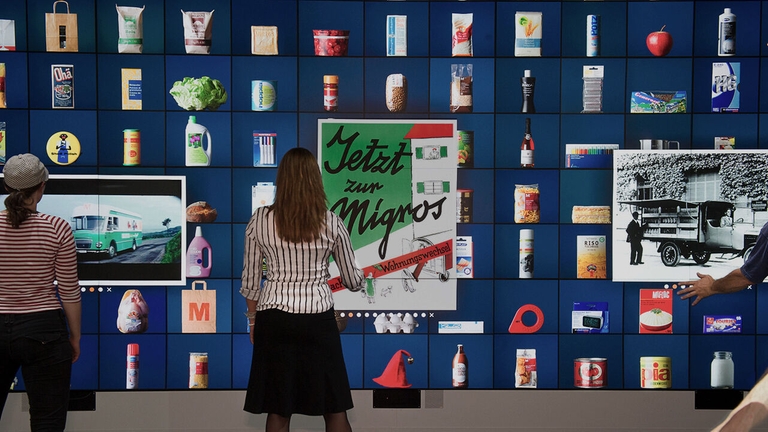Meet and Exceed your Retail Content Goals with PIM, DAM and CMS
Retail’s demand for content and information is relentless and both retailers and CPG brands need to keep up. You need to access accurate information and powerful assets in real time, all the time, turning them into market-leading content across every platform.
Learn how PIM, DAM and CMS together meet all your content needs, fueling market-leading retailers, and helping you exceed expectations.
PIM, DAM & CMS
More than just letters




















